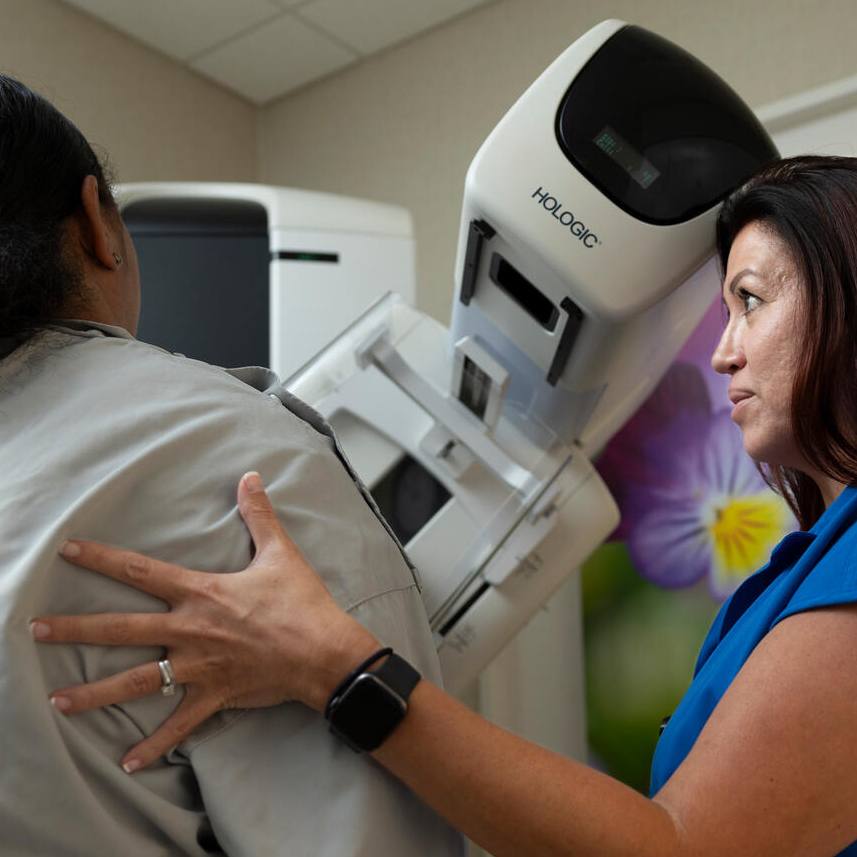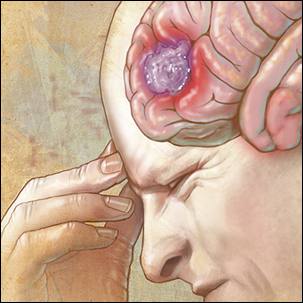-
Cancer
Consumer Health: Treating leukemia and lymphoma

September is Leukemia and Lymphoma Awareness Month, which makes this a good time to learn about treating some of the most common types of these two diseases.
Leukemia
Leukemia is cancer of the body's blood-forming tissues, including bone marrow and the lymphatic system. Leukemia usually involves the white blood cells, which are potent infection fighters. They normally grow and divide in an orderly way as your body needs them. But in people with leukemia, the bone marrow produces an excessive amount of abnormal white blood cells that don't function properly.
The major types of leukemia are:
- Acute lymphocytic leukemia
Acute lymphocytic leukemia is the most common type of cancer in children, and treatments result in a good chance for a cure. Acute lymphocytic leukemia also can occur in adults, though the chance of a cure is greatly reduced. - Acute myelogenous leukemia
Acute myelogenous leukemia occurs in children and adults, and it's the most common type of acute leukemia in adults. - Chronic lymphocytic leukemia
With chronic lymphocytic leukemia ― the most common chronic adult leukemia ― you may feel well for years without needing treatment. - Chronic myelogenous leukemia
Chronic myelogenous leukemia typically affects older adults and rarely occurs in children, though it can occur at any age. There may be few or no symptoms for months or years before entering a phase where the leukemia cells grow more quickly. - Other types
Other rarer types of leukemia include hairy cell leukemia, myelodysplastic syndromes and myeloproliferative disorders.
If you've been diagnosed with leukemia, your treatment will be based on the type of leukemia you have; whether it has spread to other parts of your body, including the central nervous system; and your age and overall health.
Leukemia treatment can include:
- Chemotherapy.
- Targeted drug therapy.
- Radiation therapy.
- Bone marrow transplant.
- Immunotherapy.
- Chimeric antigen receptor therapy, or (CAR)-T cell therapy.
- Clinical trials.
Lymphoma
Lymphoma is a cancer of the lymphatic system, which is part of the body's germ-fighting network. The lymphatic system includes the lymph nodes, spleen, thymus gland and bone marrow. Lymphoma can affect all those areas and other organs throughout the body.
Of the many types of lymphoma, the main categories are:
- Hodgkin lymphoma, or Hodgkin disease
Hodgkin lymphoma, or Hodgkin disease, can affect people of any age, but it's most common in people between 20 and 40, and those over 55. - Non-Hodgkin lymphoma
Non-Hodgkin lymphoma can occur at any age, but the risk increases with age. It's most common in people 60 and over. Non-Hodgkin lymphoma is more common that Hodgkin lymphoma.
If you've been diagnosed with lymphoma, your treatment will be based on the type, stage and severity of your disease, as well as your overall health and preferences.
Lymphoma treatment can include:
- Active surveillance.
- Chemotherapy.
- Radiation therapy.
- Bone marrow transplant.
- Targeted drug therapy.
- Immunotherapy.
- Chimeric antigen receptor-T cell therapy, or CAR-T cell therapy.
Connect with others living with leukemia and lymphoma in the Blood Cancers & Disorders support group on Mayo Clinic Connect, an online patient community moderated by Mayo Clinic.







